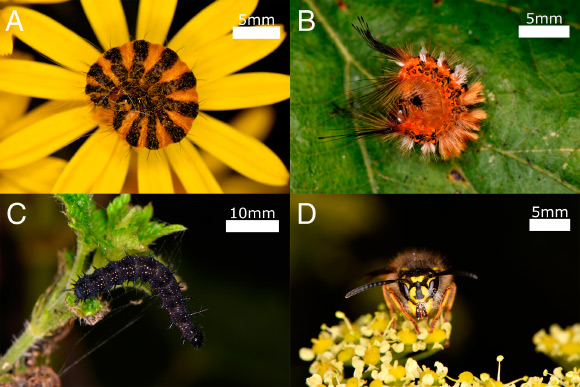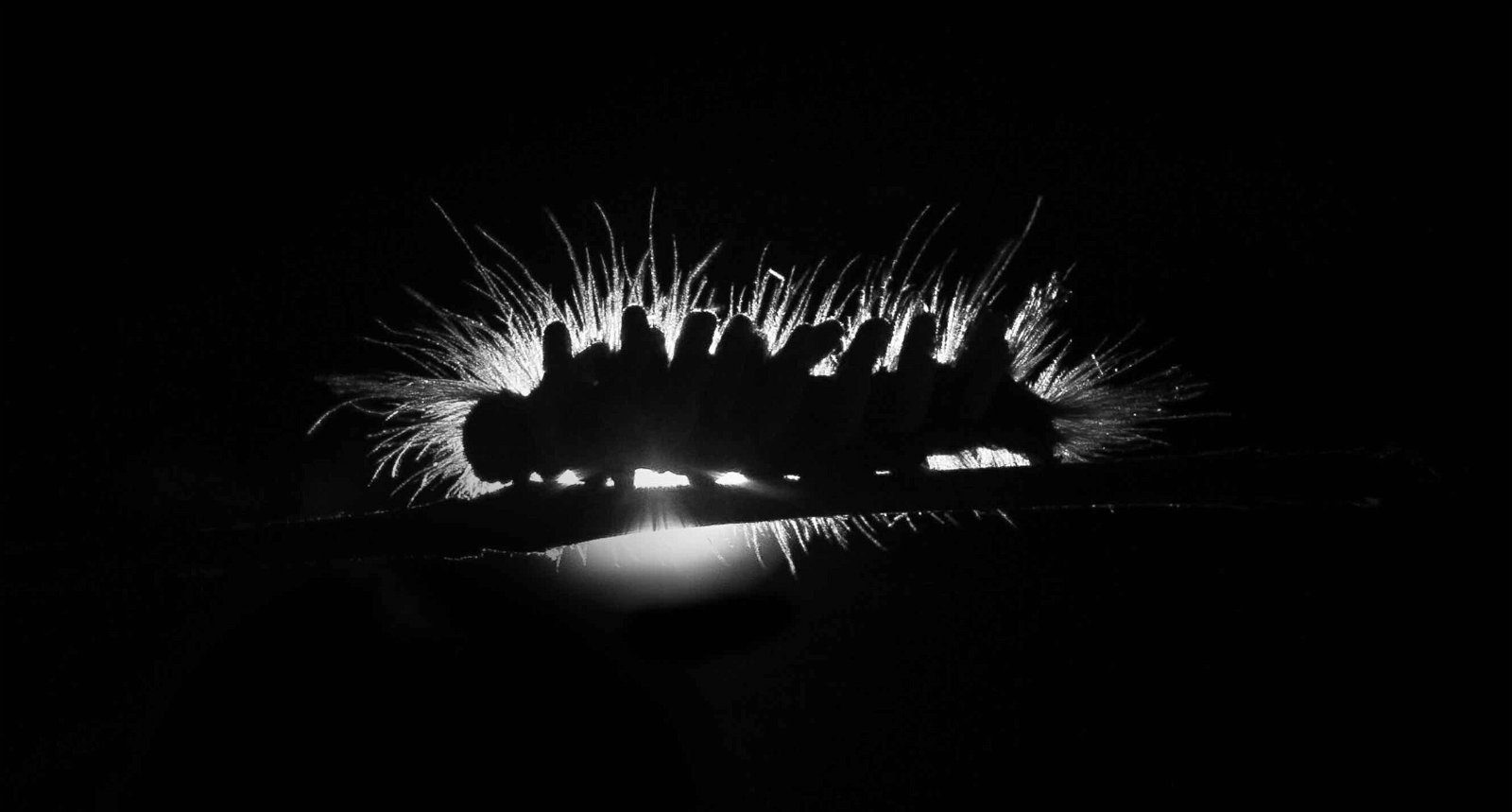Shocking Discovery: Caterpillars Detect Predatory Wasps Using Static Electricity | Science Breakthrough
New research from the University of Bristol reveals that caterpillars can detect predatory wasps by sensing the static electricity they emit. The study, led by researchers Sam J. England and Daniel Robert, shows that caterpillars respond to the electric fields emitted by charged predators by initiating defensive behaviors. This groundbreaking discovery sheds light on a previously unknown predator-prey interaction on land and highlights the potential impact of electrical ‘noise’ on wildlife.
Electric Field Sensing: How Caterpillars Use Static Electricity to Detect Predators | Nature Insights
The study conducted by University of Bristol researchers Sam J. England and Daniel Robert demonstrates how caterpillars utilize static electricity to sense the presence of predatory wasps. By measuring the static charge carried by both caterpillars and wasps, the researchers were able to mathematically predict the strength of the electric field between the two organisms. The findings suggest that static electricity plays a crucial role in ecological interactions and may have broader implications for understanding animal behavior and evolution.
Environmental Impact: The Effects of Electrical ‘Noise’ on Wildlife Detection Systems | Conservation Concerns
The University of Bristol study on predator-prey interactions in terrestrial animals raises concerns about the impact of electrical ‘noise’ on wildlife detection systems. The research shows that caterpillars are sensitive to the frequencies of electric fields emitted by powerlines and electronic equipment, potentially hindering their ability to detect predators. This calls for urgent assessment of how human activities may be disrupting natural sensory cues in the environment and highlights the need for conservation efforts to mitigate the effects of electrical pollution on wildlife.











